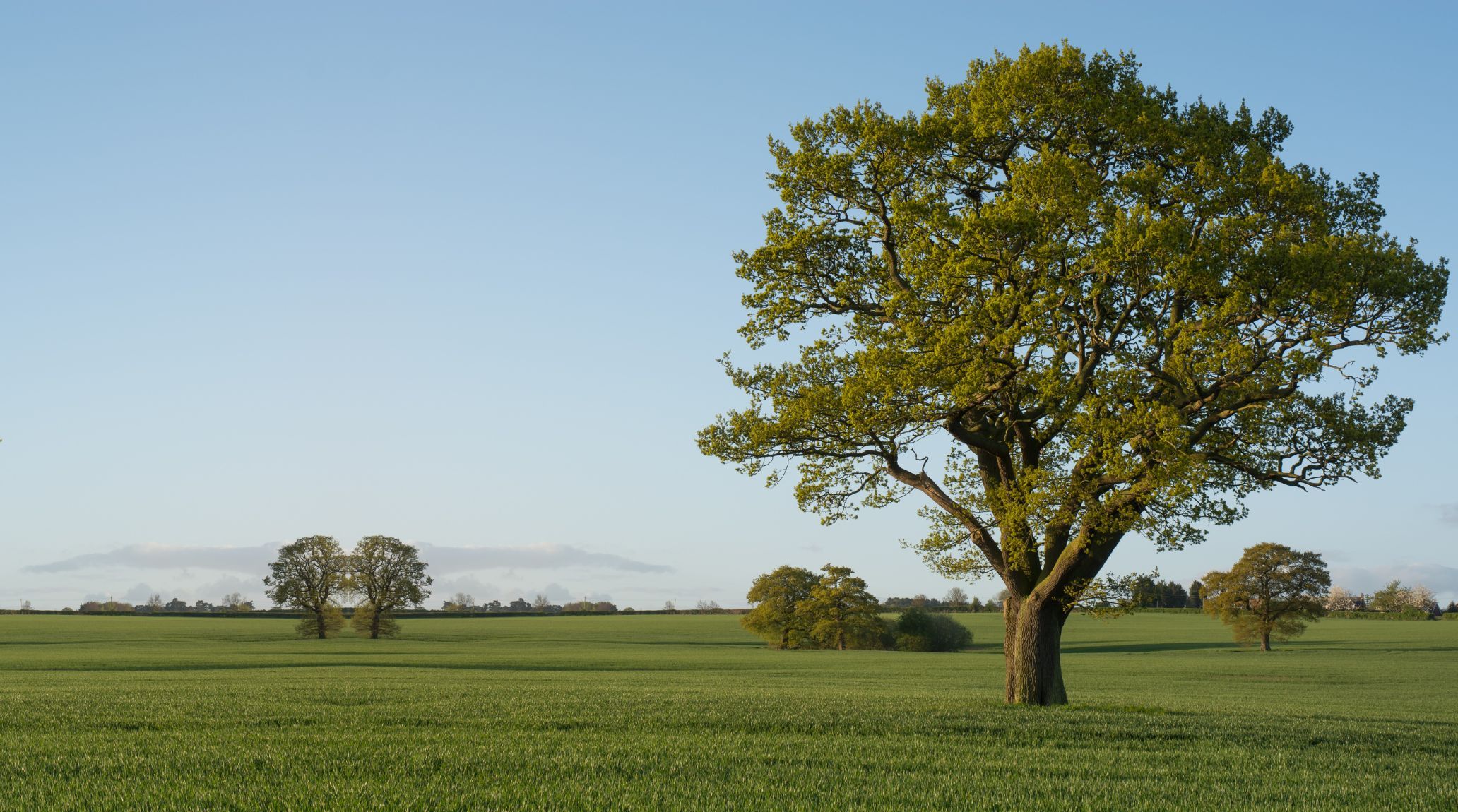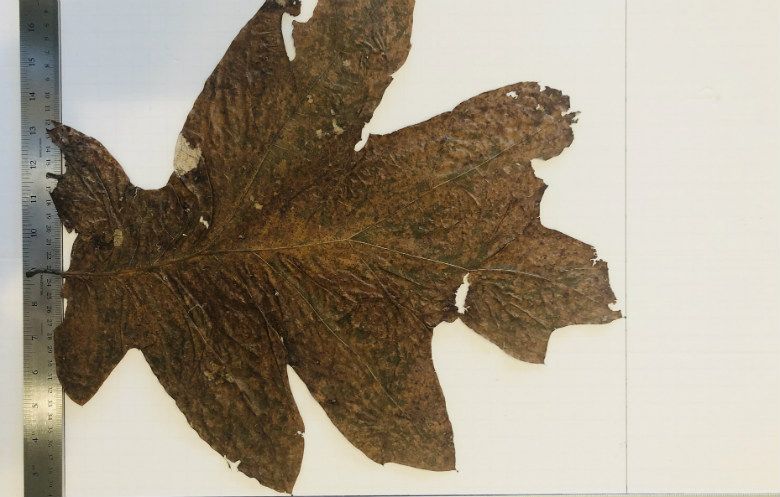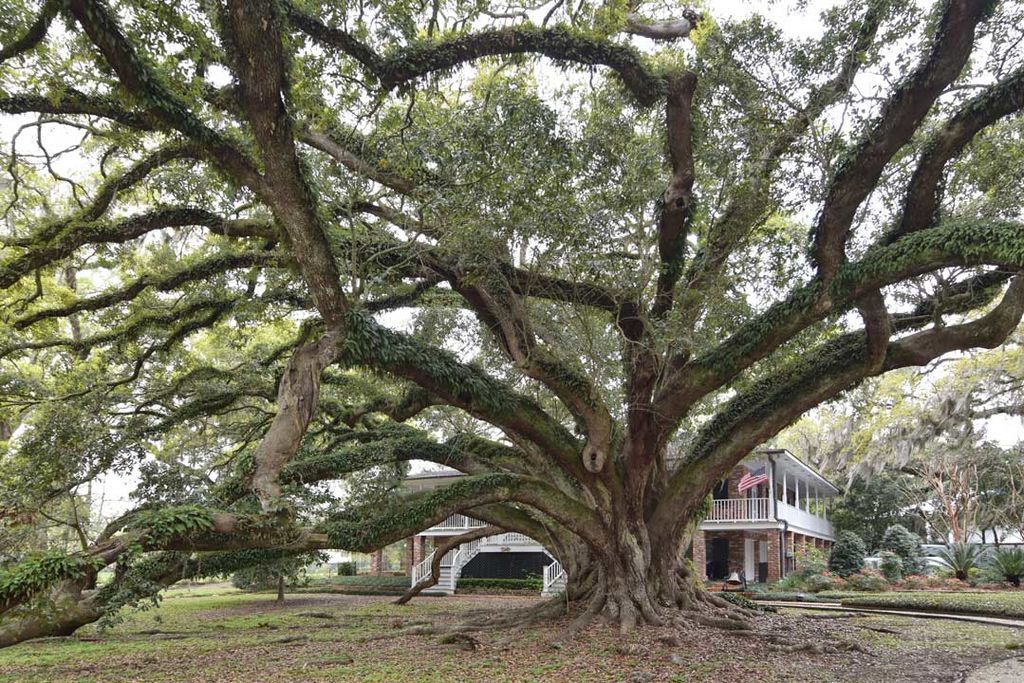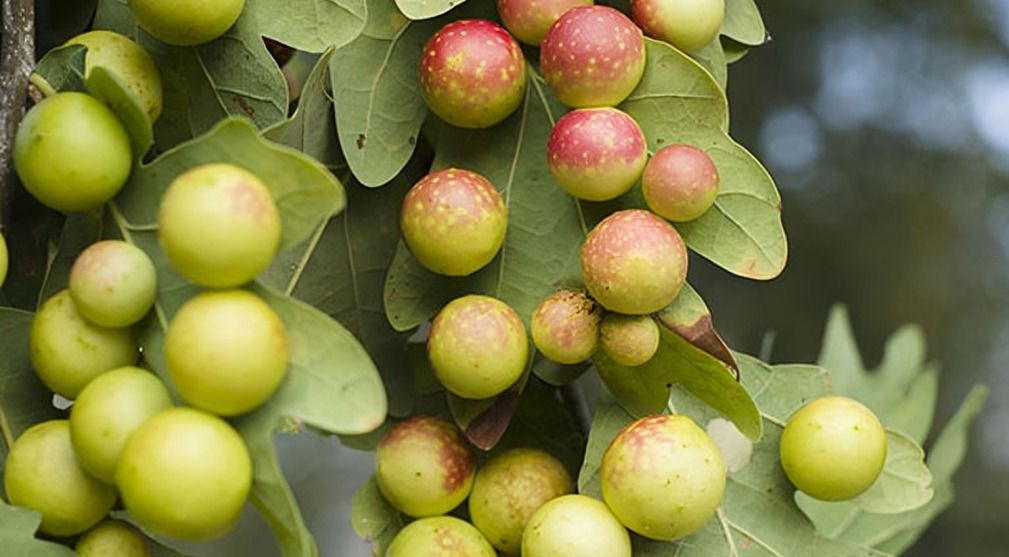
“
Oak trees are a symbol of strength and longevity found in many parts of the world. They are fascinating plants with a rich history and a variety of unique features. Let's delve into 20 educational Oak Tree insights that will captivate curious young gardeners.1
1
”
Oak trees produce acorns, which are their seeds. A single oak tree can produce up to 10,000 acorns in one year! These acorns are a vital food source for many animals, including squirrels, deer, and birds. 1
Oak trees are known for their long lifespan. Some oaks can live for over 1,000 years. The ancient Bowthorpe Oak in England is believed to be over 1,000 years old, making it one of the oldest oak trees in the world. 2

In March 2020, Claire Larkin discovered the largest oak leaf in Alabama. Measuring an impressive 42 cm (16.53 in) long and 39.7 cm (15.63 in) wide, this remarkable find highlights the extraordinary diversity of oak trees.
There are about 600 different species of oak trees worldwide. They can be found in various climates, from cool temperate zones to tropical regions, each species adapting uniquely to its environment. 3
Oak trees can be used to make a coffee substitute. The acorns, once roasted and ground, provide a coffee-like flavor. This alternative is caffeine-free and was historically used during shortages, offering a unique, earthy taste to your brew.4
The tallest cork oak tree, reaching an impressive 21 meters (68 ft 10 in), is located in Reynès, France. This record was set by Serge Arnaudiès in January 2023, marking a significant achievement in the world of arboriculture. 5
Insects, such as oak borers and caterpillars, feed on oak leaves and bark, while deer may browse on young leaves and shoots. Squirrels also consume acorns and occasionally chew on young oak branches, making oak trees vulnerable to these animals. 6
Oak leaves vary in shape and size, with some having pointed lobes and others rounded. This diversity in leaf structure aids in distinguishing between different species of oak trees, making them easier to identify and study. 7

The Seven Sisters Oak, located in Louisiana, USA, is a majestic live oak tree believed to be over 1,000 years old. It stands as a towering giant, providing shelter and habitat for countless animals and plants in its ecosystem.
Oakwood is incredibly strong and durable. It has been used for centuries in building ships, houses, and furniture. Its hardness and resistance to decay make it a preferred material for construction. 8
Oak trees provide a habitat for a wide variety of wildlife. Birds, insects, and mammals all rely on oaks for food and shelter. The hollow trunks of old oak trees are particularly valuable for animals like owls and bats. 9
The bark and acorns of oak trees have been used to produce natural dyes. These dyes were traditionally used to color fabrics and leather, creating beautiful, earthy tones. 10
Oak gall ink, made from tannic acids in oak wood, was widely used in Europe until the 19th century. Historical documents like the Magna Carta and works by Newton, Darwin, Mozart, and Beethoven were written with this ink.11
While humans do not typically eat acorns, they can be processed to make acorn flour. This flour has been used by various cultures to make bread and other baked goods. The process involves leaching the acorns to remove their bitter tannins. 12
In traditional medicine, oak bark has been used for its healing properties. It contains tannins, which have astringent and anti-inflammatory effects. Oak bark has been used to treat wounds, burns, and various ailments. 13

Sometimes, you might see strange growths on oak leaves or branches called galls. These are caused by tiny wasps laying their eggs in the tree tissue. The tree responds by forming a gall around the eggs, providing a safe home for the developing larvae.
Oak trees are more prone to lightning strikes than other trees because they often grow taller than their surroundings. Their high water content also makes them excellent conductors of electricity, increasing the likelihood of being struck by lightning. 14
The oak tree serves as the national tree for several countries, symbolizing strength and heritage. It represents England, Germany, and some U.S. states like Maryland and Georgia, embodying resilience and tradition through its enduring presence and historical significance.15
Oaks are environmentally beneficial as they help prevent soil erosion. Their extensive root systems hold the soil together, reducing the risk of landslides and maintaining soil health. 16
Parts of the oak tree are edible, notably acorns, which can be processed to remove bitter tannins and used in baking or cooking. Oak leaves are less commonly eaten but can be used in small amounts for flavor or decoration. 17


